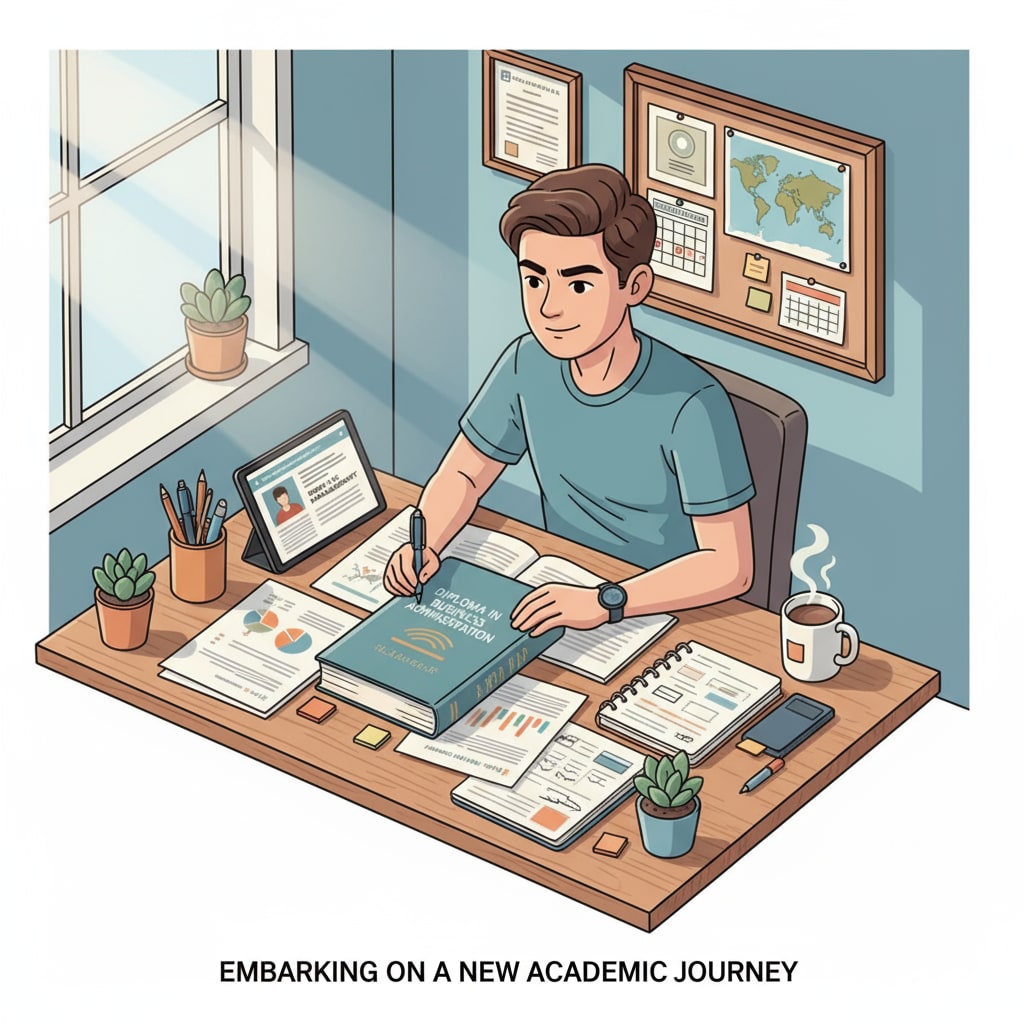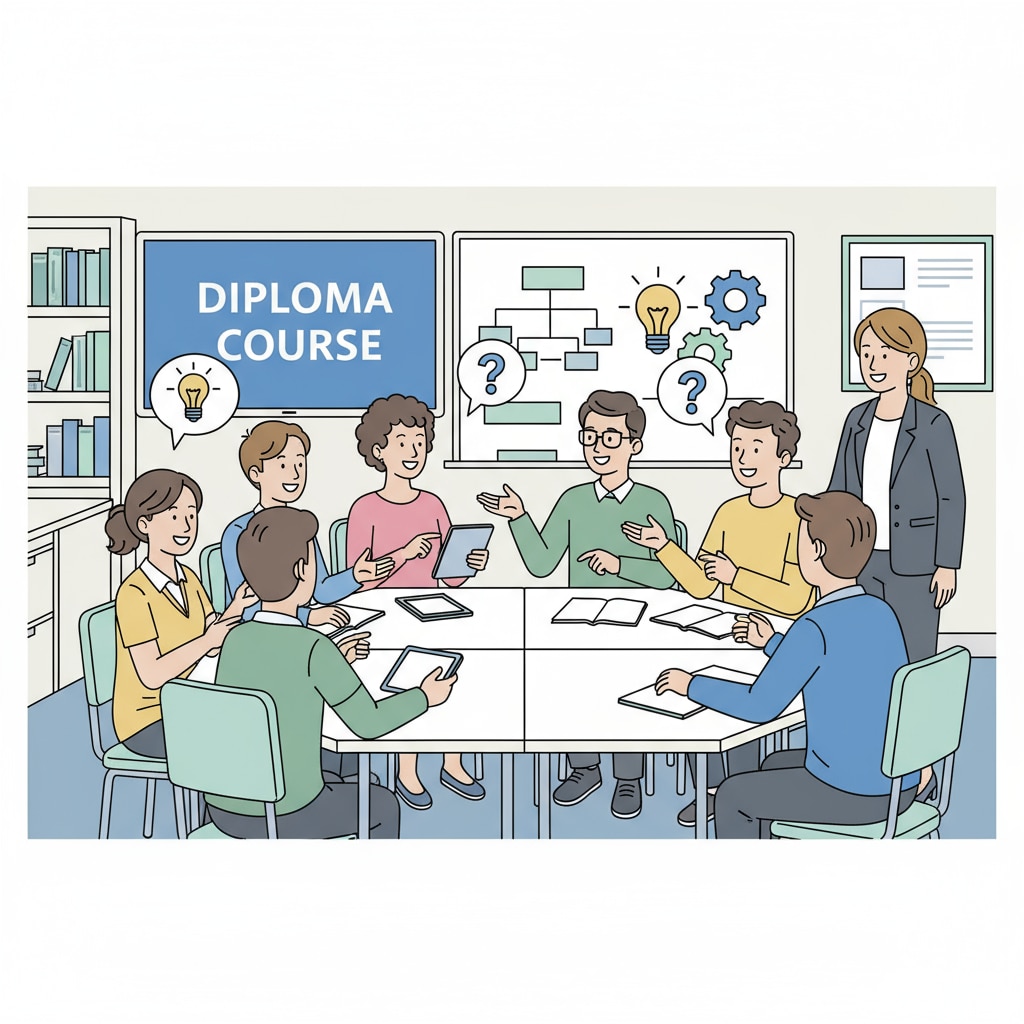Learning comprehension, ability enhancement, and educational path selection are integral aspects of our educational journey. I vividly remember the moment when my learning ability seemed to take a quantum leap. It all started when I transitioned from basic courses to diploma courses. This shift wasn’t just a change in curriculum; it was a transformative experience that unlocked my latent potential.

The Turning Point: From Basics to Diploma Courses
Before moving to diploma courses, I struggled with basic concepts. The rote learning approach in the basic courses left me feeling unfulfilled and my understanding superficial. However, when I switched to diploma courses, everything changed. The teaching methods were more interactive and inquiry-based. For example, instead of just memorizing facts, we were encouraged to analyze and discuss complex topics. This new environment challenged me to think critically and deeply, leading to a significant improvement in my learning comprehension. According to Education.com’s article on inquiry-based learning, such methods can greatly enhance students’ understanding and engagement.

The Role of Educational Environment in Unleashing Potential
The educational environment plays a pivotal role in ability enhancement. In the diploma courses, the resources were more abundant and the teachers more specialized. The libraries were stocked with in-depth research materials, and the professors had real-world experience in the fields we were studying. This rich environment provided the perfect soil for my learning ability to flourish. As Psychology Today’s article on learning environments states, a stimulating environment can have a profound impact on a student’s learning capacity. In addition, the peer interaction in the diploma courses was also a key factor. Collaborating with like-minded individuals exposed me to different perspectives, further expanding my understanding.
Reflecting on this experience, I believe it holds valuable lessons for K12 students. Parents and educators should focus on creating an environment that nurtures curiosity and critical thinking from an early age. By providing diverse learning opportunities and paths, we can help students discover their true potential. This could involve exposing them to various extracurricular activities, project-based learning, and different educational tracks. In conclusion, educational path selection is not just about choosing a course; it’s about finding the environment that will unlock a student’s learning comprehension and ability, setting them on a path to success.
Readability guidance: In this article, we’ve used short paragraphs to convey ideas clearly. The lists help summarize key points. The proportion of passive语态 is kept low, and long sentences are used sparingly. Transition words like “however”, “for example”, and “in addition” have been used to make the flow smooth.


